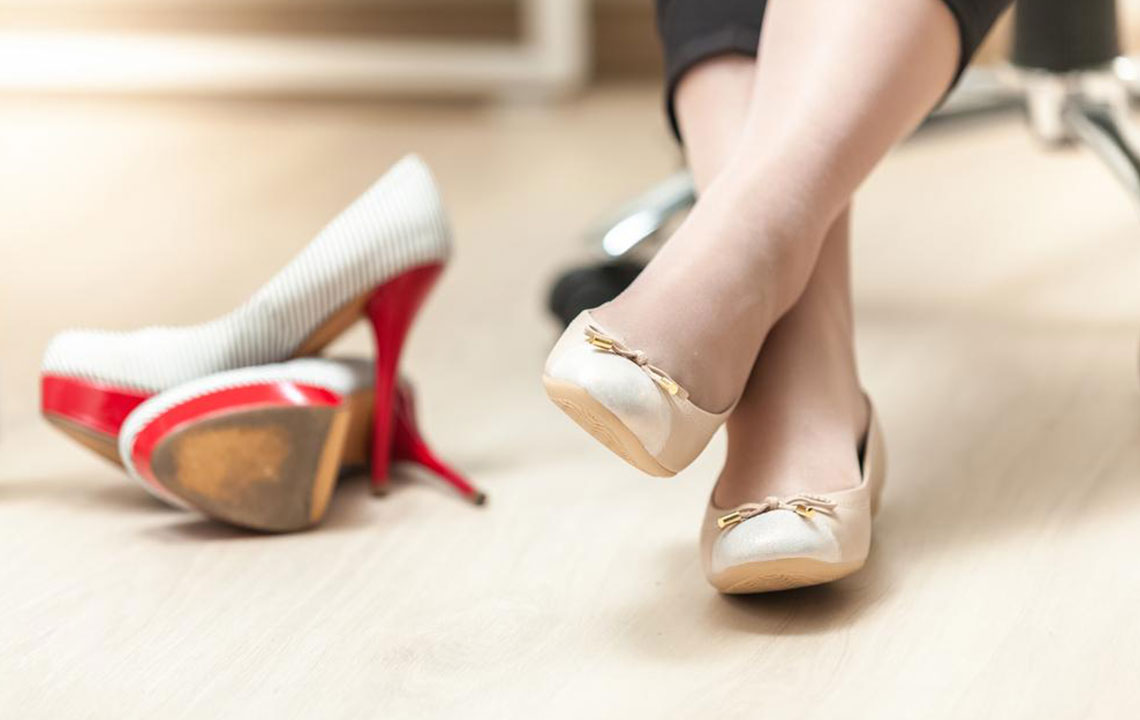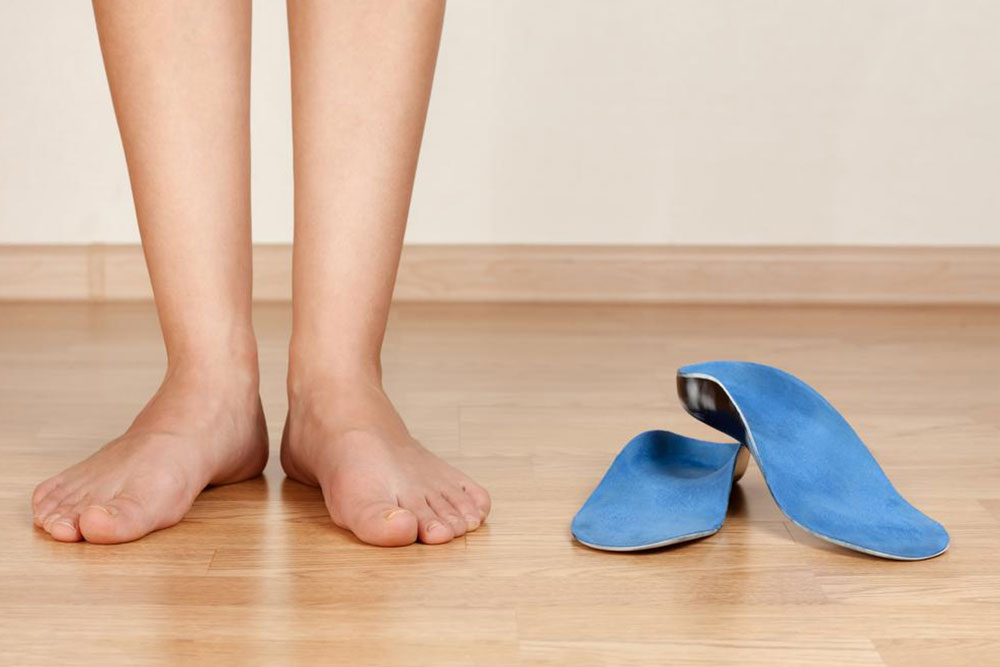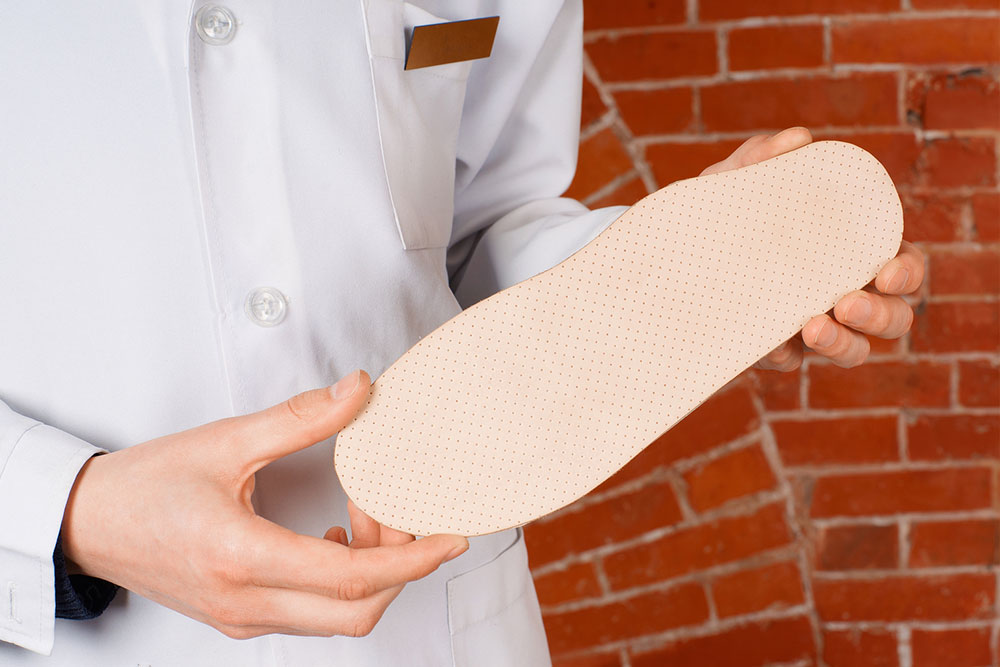Comprehensive Guide to Choosing the Best Shoes for Plantar Fasciitis Relief
Discover expert tips for selecting the best supportive footwear to relieve plantar fasciitis pain. Learn about key shoe features, practical recommendations, and how proper footwear can improve foot health, reduce discomfort, and prevent future issues. Ideal for anyone seeking relief from heel pain and chronic foot discomfort, this comprehensive guide offers valuable insights to make informed footwear choices for better mobility and comfort.

Ultimate Tips for Selecting Footwear to Alleviate Plantar Fasciitis Discomfort
Plantar fasciitis is a common condition characterized by inflammation of the plantar fascia, the thick band of tissue running along the bottom of your foot from your heel to your toes. This condition affects millions worldwide, leading to persistent heel pain, stiffness, and discomfort, especially upon waking or after prolonged periods of standing or activity. Proper footwear plays a crucial role in managing and alleviating these symptoms, providing the necessary support to reduce strain on the plantar fascia and improve overall foot health.
Recent research highlights the importance of selecting the right shoes for individuals suffering from plantar fasciitis. The ideal footwear should offer a combination of proper fit, sufficient arch support, adequate cushioning, and a heel height that doesn't strain the foot. Here, we explore detailed insights and expert recommendations to guide you in choosing the most suitable shoes to relieve pain, prevent further damage, and promote better mobility and comfort.
Understanding Plantar Fasciitis and Its Impact
Plantar fasciitis is often caused by repetitive strain, overuse, tight calf muscles, improper footwear, or biomechanical issues. The condition results in micro-tears in the plantar fascia, leading to inflammation and heel pain. This pain can be debilitating, affecting daily activities, athletic performance, and overall quality of life. Recognizing the importance of supportive footwear is key to managing these symptoms effectively and avoiding costly medical interventions.
Key Features of Supportive Footwear for Plantar Fasciitis
Proper Fit: Shoes should fit snugly without pinching or tightness, allowing enough room for toe movement. A well-fitting shoe prevents unnecessary rubbing and pressure points that can exacerbate pain.
Firm Arch Support: An arch support helps stabilize the foot’s arch, reducing strain on the plantar fascia. Shoes with built-in orthotic support or the ability to accommodate custom orthotics are highly recommended.
Cushioning: Adequate cushioning, especially in the heel area, absorbs shock and minimizes impact during walking or standing. Memory foam insoles or gel padding can enhance comfort.
Heel Height: A slight heel or a wedge can alleviate tension on the fascia, but excessively high heels should be avoided as they increase strain.
Material and Breathability: Breathable materials prevent excess moisture and reduce the risk of skin irritation, promoting healthier foot conditions.
Additional Tips for Choosing the Right Shoes
Opt for shoes designed specifically for heel support or dedicated orthotic-friendly footwear.
Prefer shoes with a rigid sole to prevent excessive flexing that can aggravate plantar fascia pain.
Replace worn-out shoes regularly to maintain proper support and cushioning.
Consult with a podiatrist or footwear specialist for personalized recommendations tailored to your foot biomechanics.
Practical Recommendations and Top Shoe Types
Some of the best footwear choices for plantar fasciitis include athletic shoes with excellent arch support, specialty orthotic shoes, and supportive slippers for indoor use. Brands known for their supportive footwear, such as Brooks, Asics, Saucony, and New Balance, often feature models with enhanced arch support and cushioning suitable for plantar fasciitis sufferers. Additionally, custom orthotics can be inserted into most supportive shoes to optimize relief.
Conclusion
Choosing the right footwear is a vital step in managing plantar fasciitis effectively. Properly fitted shoes with reliable arch support, sufficient cushioning, and a suitable heel height can significantly reduce heel pain, improve mobility, and enhance quality of life. Investing in quality footwear and consulting healthcare professionals for tailored advice can make a substantial difference in your recovery journey. Remember, the correct shoes not only provide comfort but also serve as a preventative measure against future flare-ups of this painful condition.
By understanding the key features and practical considerations, you can select footwear that alleviates discomfort, supports healing, and allows you to stay active without pain.





